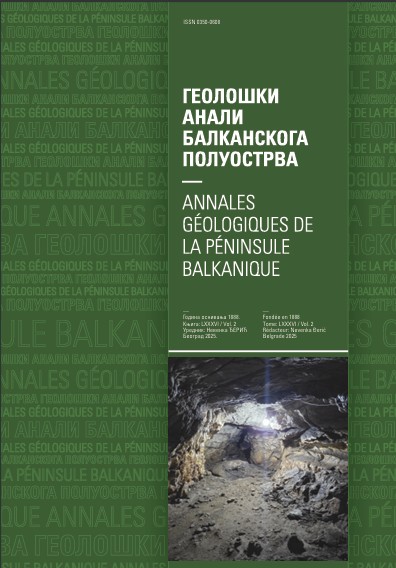Geological activity of humans represented in the world heritage sites of India, Italy, and Russia: Evidence of the anthropocene
Abstract
The idea of the Anthropocene attracts attention of scientists, policy-makers, and broad public to the geological activity of humans and poses new important questions for the modern stratigraphy. The growth of the Anthropocene-related knowledge and its promotion can be based potentially on the UNESCO World Heritage Sites (WHS). On the one hand, many of these sites provide spectacular evidence of the human activity. On the other hand, these are remarkable tourist attractions. The WHSs of three heritage-rich countries, namely India, Italy, and Russia, have been assessed with regard to how these reflect the geological activity of humans. It is established that 65-90% of all WHSs in each country provide direct and indirect evidence of such an activity (artificial caves, terrace building, etc.), which appears to be enough for the general discussion of the idea of the Anthropocene. However, the distribution of the WHSs by their age allows focusing only on the “early” (before 1800 AD) start of the Anthropocene, which is not enough for full discussion of the lower limit of this unit. The examples considered in the present study imply that some WHSs alone provide very important pieces of the Anthropocene-related knowledge.
Copyright (c) 2022 Geološki anali Balkanskoga poluostrva

This work is licensed under a Creative Commons Attribution 4.0 International License.










